When nature decides to let an animal evolve unique abilities, it often does not follow the usual path. In the bird world, some birds have beaks that are not only peculiar and impressive, but also powerful, and can be regarded as representatives of "fashion and practicality coexisting". They can catch fruits on high branches or hunt fish and shrimp in the water. Each one has an amazing "unique skill".

Here are 15 birds with "incredible beaks":
1. Black Skimmer

Black Skimmer has a beak type that is extremely rare among North American birds - its lower beak is much longer than the upper beak, and the entire beak is long and narrow. When they fly, they will stick their lower beaks to the water surface, "paddling" while flying to find food. Once they touch a fish, they quickly close their upper beaks to capture the prey. This "water-cutting" hunting technique is the only bird in North and South America that uses this method.
2. Hornbill (Rhinoceros Hornbill)
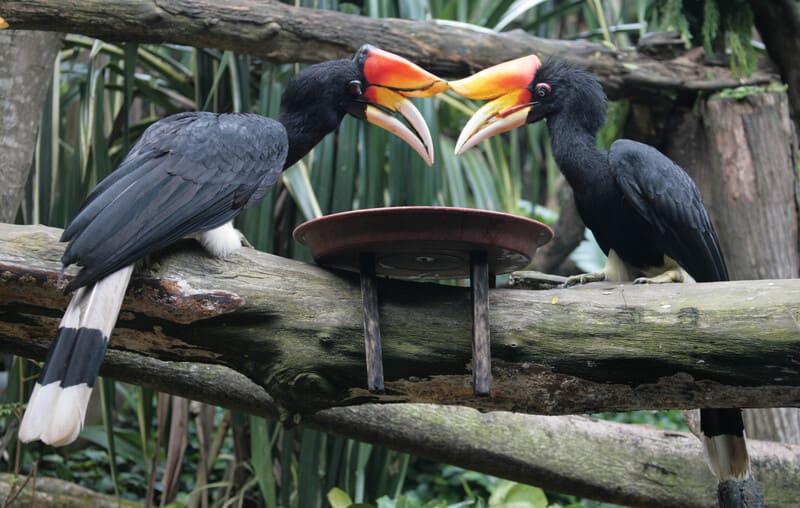
The appearance of the hornbill is as domineering as its name. They have a large "casque" made of keratin on their heads, which looks like a rhinoceros horn. This casque not only allows them to eat fruits high up in the trees, but also serves as a resonance chamber to amplify their calls. Hornbills are mainly distributed in the Malay Peninsula, Java, Borneo and Sumatra.
3. Roseate Spoonbill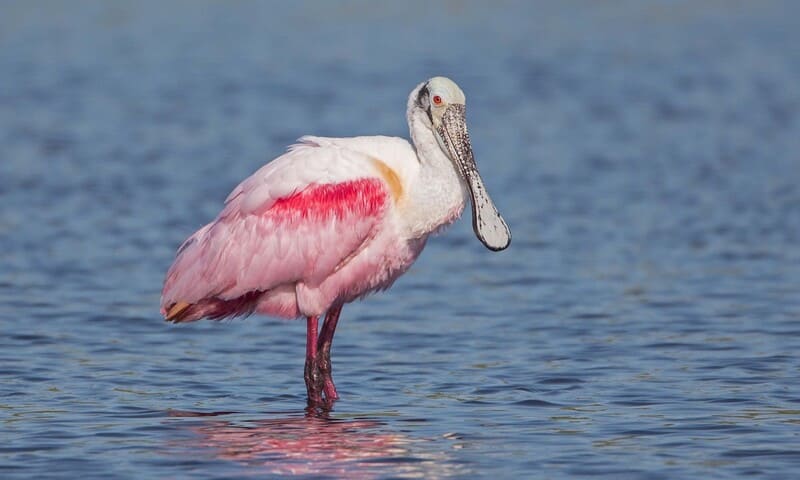
The Roseate Spoonbill gets its name from its pink feathers and spoon-shaped beak. This broad, flat beak is designed for "sifting" in shallow waters, and they move their beaks from side to side while walking to filter small prey from the water, such as crustaceans, aquatic insects and small fish. The pink feathers may also come from pigments in the food.
4. Red Crossbill
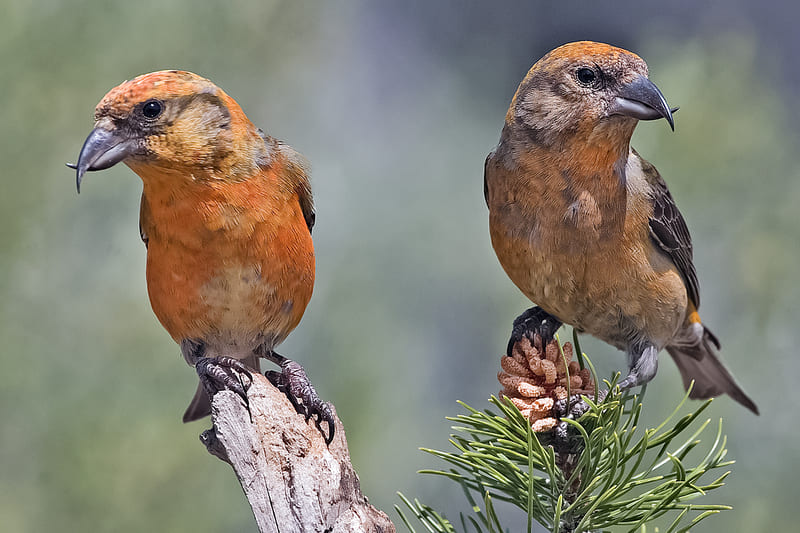
The tip of the beak of the Red Crossbill is obviously cross-shaped, which can be called "deformed" in other finches, but it is a "magic weapon" for it to obtain pine cone seeds. It can skillfully insert the cross beak between the tightly closed pine cone scales, pry open the fruit scales, and eat the seeds inside. They often live in alpine coniferous forests or boreal forests.
5. Shoebill

The beak of the shoebill is like a "big shoe", wide, thick and extremely conspicuous. Its beak has sharp edges, which can easily kill fish and remove debris such as aquatic plants. There is also a hook-like protrusion at the tip of the beak, which can hook, crush and pierce prey at the same time. It is mainly distributed in African wetlands and is a distant relative of pelicans and herons. Sometimes it communicates by "clicking" its beak.
6. Long-Billed Curlew
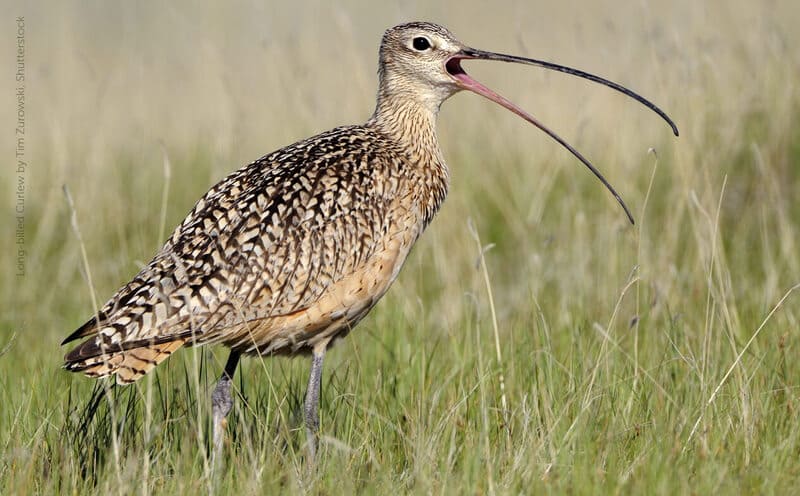
This coastal bird living in North America has a thin, long, downward-curved beak. It can dig deep into the mudflats to dig crabs and shrimps, and can also find earthworms in the grasslands. The beak of the female bird is usually longer than that of the male bird, and the bend at the end is more obvious. This unique beak shape allows it to hunt freely in two completely different environments.
7. Sword-Billed Hummingbird

The beak of the Sword-Billed Hummingbird is the longest in the world, even longer than its body. Because its beak is too long, it cannot use it to comb its feathers, so it can only use its feet to clean its body, and it has to raise its head to maintain balance when standing. However, this long beak allows it to suck deep throat nectar that other hummingbirds cannot reach. It is mainly distributed in high altitude areas of South America.
8. Great Hornbill
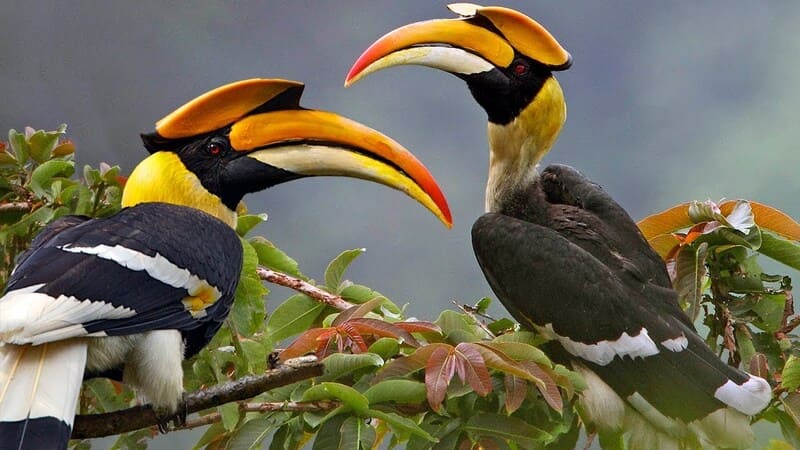
The Great Hornbill is another hornbill with an exaggerated beak and a huge hollow "helmet" on its head that is black and yellow. This structure may be used for courtship display, and sometimes male birds even use their helmets to collide with each other in flight. This bird is common in the tropical rainforests of Southeast Asia and likes to build nests and breed in tall primeval forests.
9. Toucan
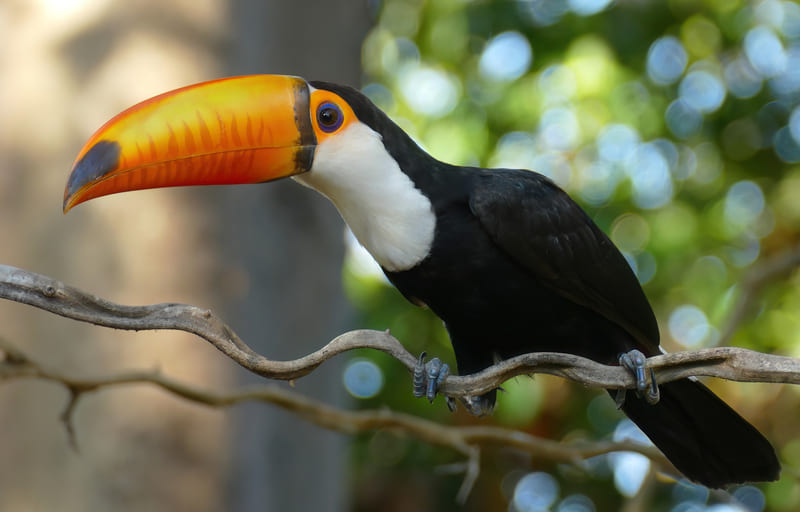
Speaking of birds with "big mouths", how can we not mention the Toucan? Its beak can be up to 30% to 50% of its body surface area, and it looks huge. Its beak can not only pick fruits from high places, but also peel them, scare away enemy birds and even small predators. There is a long tongue in the beak, which is convenient for eating prey such as frogs, lizards, and insects.
Although this beak looks big, it is actually made of hollow keratin and is very light. Studies have shown that the Toucan can also regulate body temperature by adjusting blood flow in the beak.
10. Keel-Billed Toucan

Another toucan with a stunning beak is the rainbow-billed toucan, also known as the "colorful-billed toucan." Its beak is one-third of its body length and is brightly colored, which is used not only for feeding but also as a deterrent. They live in humid forests in Central and South America, living in groups and nesting in tree holes.
11. American White Pelican

The American White Pelican has a very distinctive beak, with a large "throat pouch" attached to the lower beak, which is opened like a fishing net to catch fish and filter water. It does not dive for fish like the brown pelican, but rolls over like a duck to find food.
More interestingly, during the breeding season, their upper beak will grow a horn-like protrusion, which will fall off after laying eggs. It is the only pelican species with this "seasonal decoration".
12. Flamingo

Flamingos are not only graceful, but also have a unique beak. They use their beak upside down, with a brush-like structure inside called a "filter plate" that retains food such as small crustaceans, insects and mollusks while filtering water. Greater flamingos can catch prey up to an inch long, while lesser flamingos are good at filtering microscopic plankton. This beak is very similar to the structure of whale baleen plates.
13. Kiwi
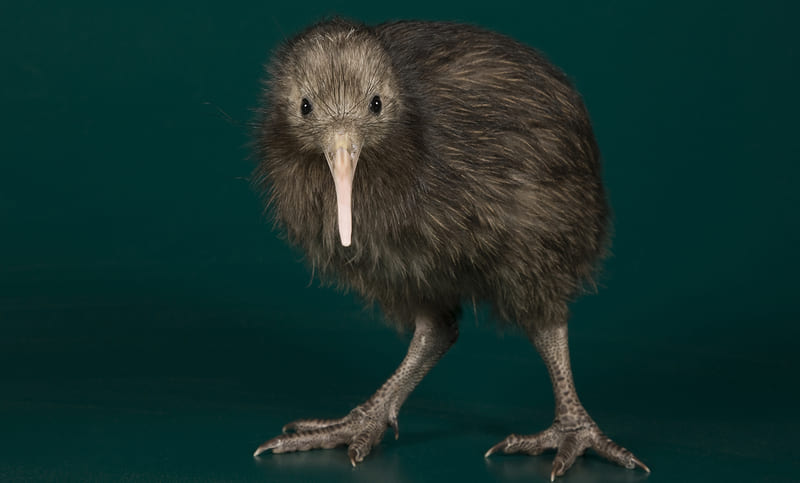
The kiwi is the only bird in the world with nostrils at the tip of its beak. Unlike most birds, it has an extremely developed sense of smell but a weaker vision. It uses its sense of smell to find food in the leaf litter and can even sense the movement of earthworms underground. It will "sniff" while poking its head in the soil, and then use its beak as a lever to dig holes to get food.
14. Atlantic Puffin

The Atlantic Puffin's beak is red and black, and it looks like a small "sea clown", which is why it is called "sea clown" or "sea parrot". Its beak is not only conspicuous in appearance, but it can also hold more than ten small fish at a time, all thanks to the serrated structure of the upper beak and the flexible tongue. As they age, their beaks will become larger and have more serrations, while the beaks of young birds are black.
15. American Avocet
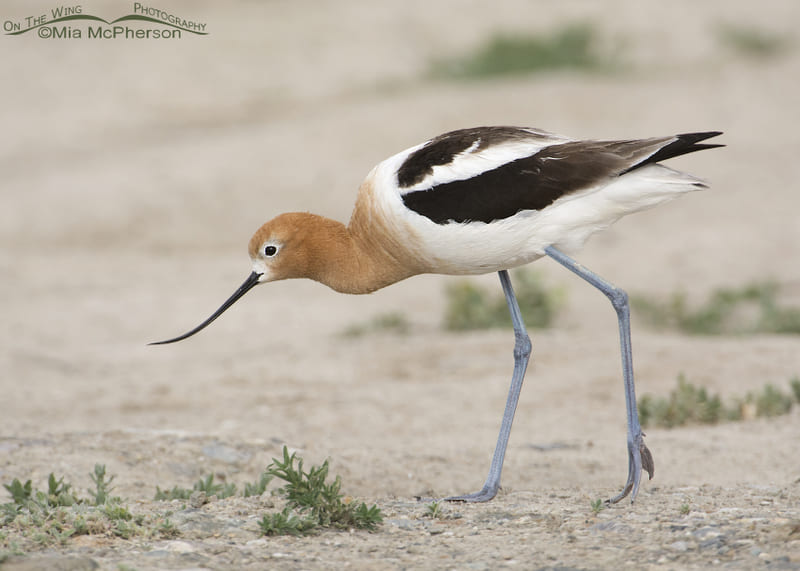
The American Avocet is elegant, with a slender, slightly upturned beak and a very delicate shape. It walks slowly in shallow waters, swinging its beak left and right to search for small aquatic invertebrates, and sometimes shaking off the mud on its feet as it walks. Although it looks weak, it will not hesitate to attack predators such as kites or crows.
animal tags:
We created this article in conjunction with AI technology, then made sure it was fact-checked and edited by a Animals Top editor.